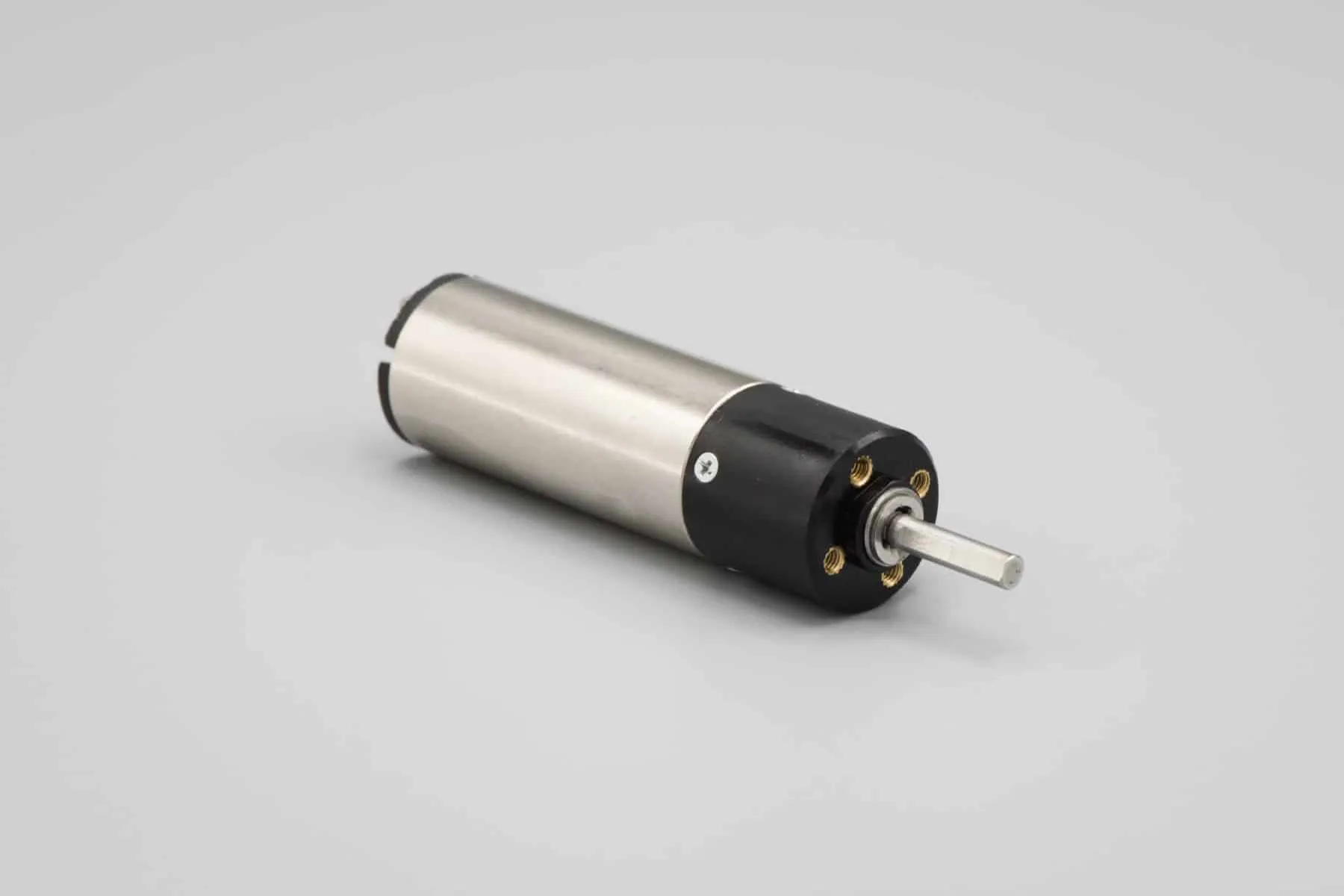Coreless Brushed DC Motors
ISL’s coreless brushed dc motors have excellent performance and simple motor control all within a compact size. Coreless dc motor technology differs from the standard brushed type of motor, a.k.a cored motor, in that the rotor winding is wound onto itself, on the rotor. No iron is on the rotor, making the lighter, coreless (or ironless core) rotor spin at a given performance level with less required input energy.
ISL coreless brushed electric motors are constructed with high-quality materials and are best used in applications that require a small electric motor with rapid acceleration.
Shop Popular Models
How does a coreless motor function?
Coreless brushed motors function similarly to traditional or cored brushed motors. With a coreless design, magnetic fields are induced by applying current and voltage to the rotor windings, which react with the permanent magnet on the stator to convert electrical energy into mechanical energy. A coreless dc motor is typically constructed with rare earth magnets to maximize performance and mechanical strength from such a small form factor. An electric micro motor like this needs the best materials in order to have a high starting torque and rapid mechanical time constant.
The removal of the iron core, within the housing cylinder, leads to other advantages as well. Armature Windings dissipate heat more efficiently without an iron core holding onto the heat in the middle of the motor. This improved thermal performance allows a coreless dc motor to to radiate its heat through the casing, removing the need for air holes of active cooling. In turn the sealed casings help to reduce both audible noise as well as electrical noise or EMI, making coreless motor well suited for applications sensitive to electromagnetic interference.
Coreless motors are revolutionizing the micro-automation industry. An encoder or hall sensor can be attached to a dc electric motor to create a coreless brushed servo motor. A mini motor like this can be used in place of a stepper motor to save on weight. Miniature motors in general have seen a rise in popularity, as more machines and devices incorporate them for their unique advantages.
Popular Models Available:
MOT-I-81496 / CLBDC-HS16-25-24-10300-S – This model is ⌀ 17mm with a no-load speed of 10,300 rpm. Rated operating conditions: 24VDC / 9,500 rpm / 19 g.cm / 80 mA. Equivalent to Portescap PN: 17N78-207E.1
MOT-I-81660 / PGM-HS-6-3-221-149-C – This model is ⌀ 6mm with a plastic planetary gearbox, with a no-load speed of 149 rpm. Rated operating conditions: 3VDC / 100 rpm / 55 g.cm / 175 mA.
MOT-I-81696 / PGM-KC6-3-26-1200-C – This model is ⌀ 6mm with a plastic planetary gearbox, with a no-load speed of 1,200 rpm. Rated operating conditions: 3VDC / 865 rpm / 5 g.cm / 96 mA.






